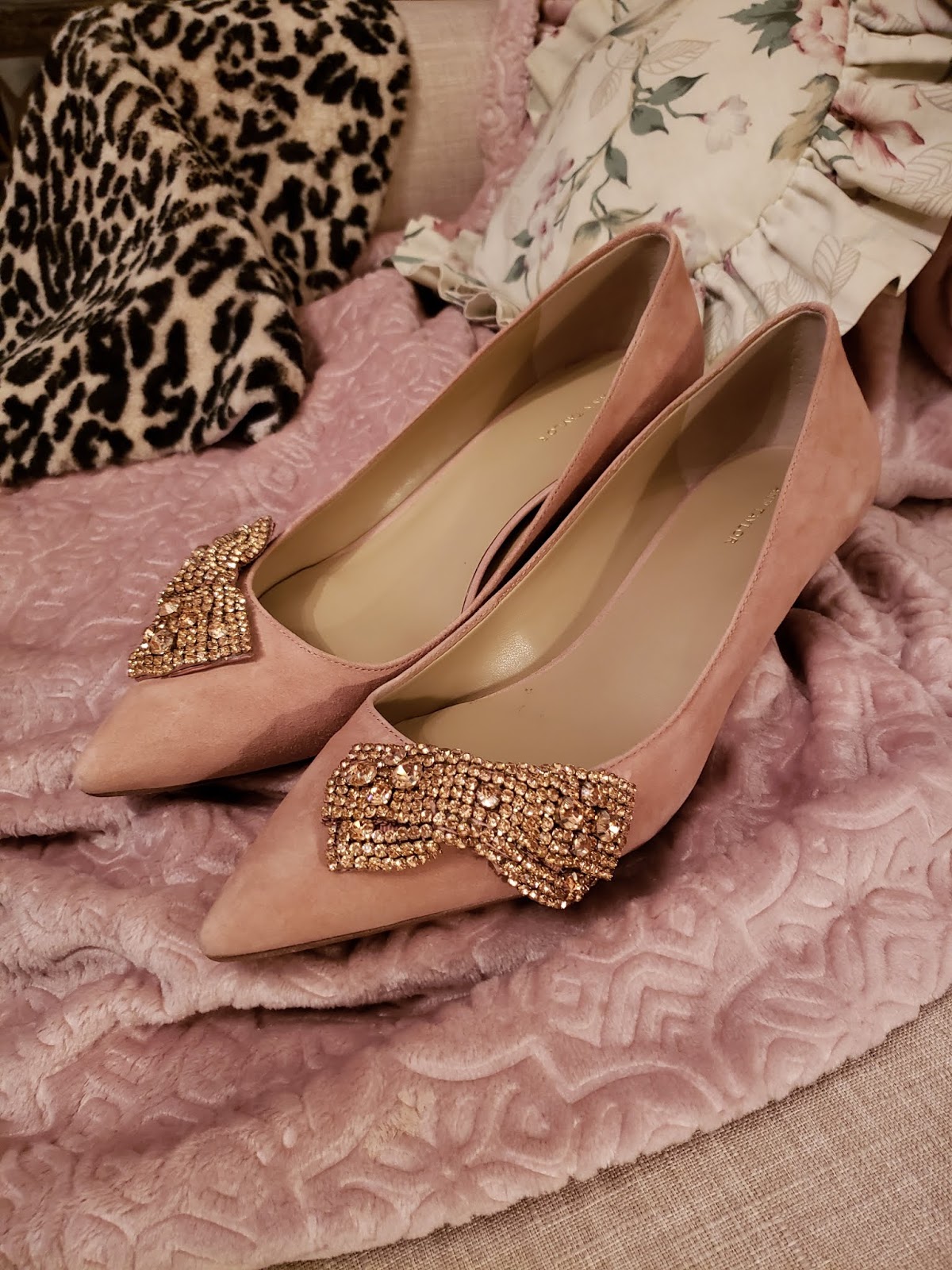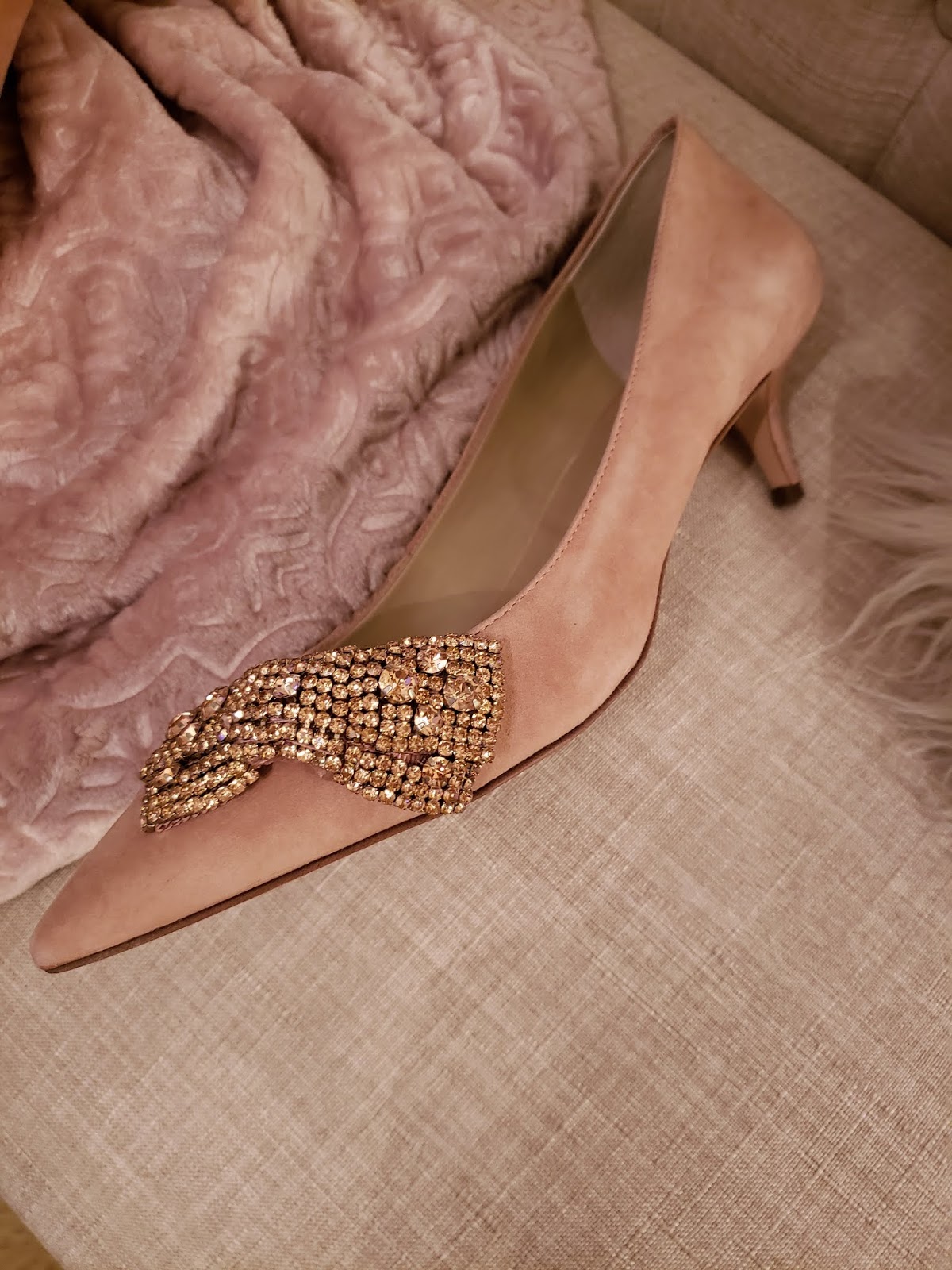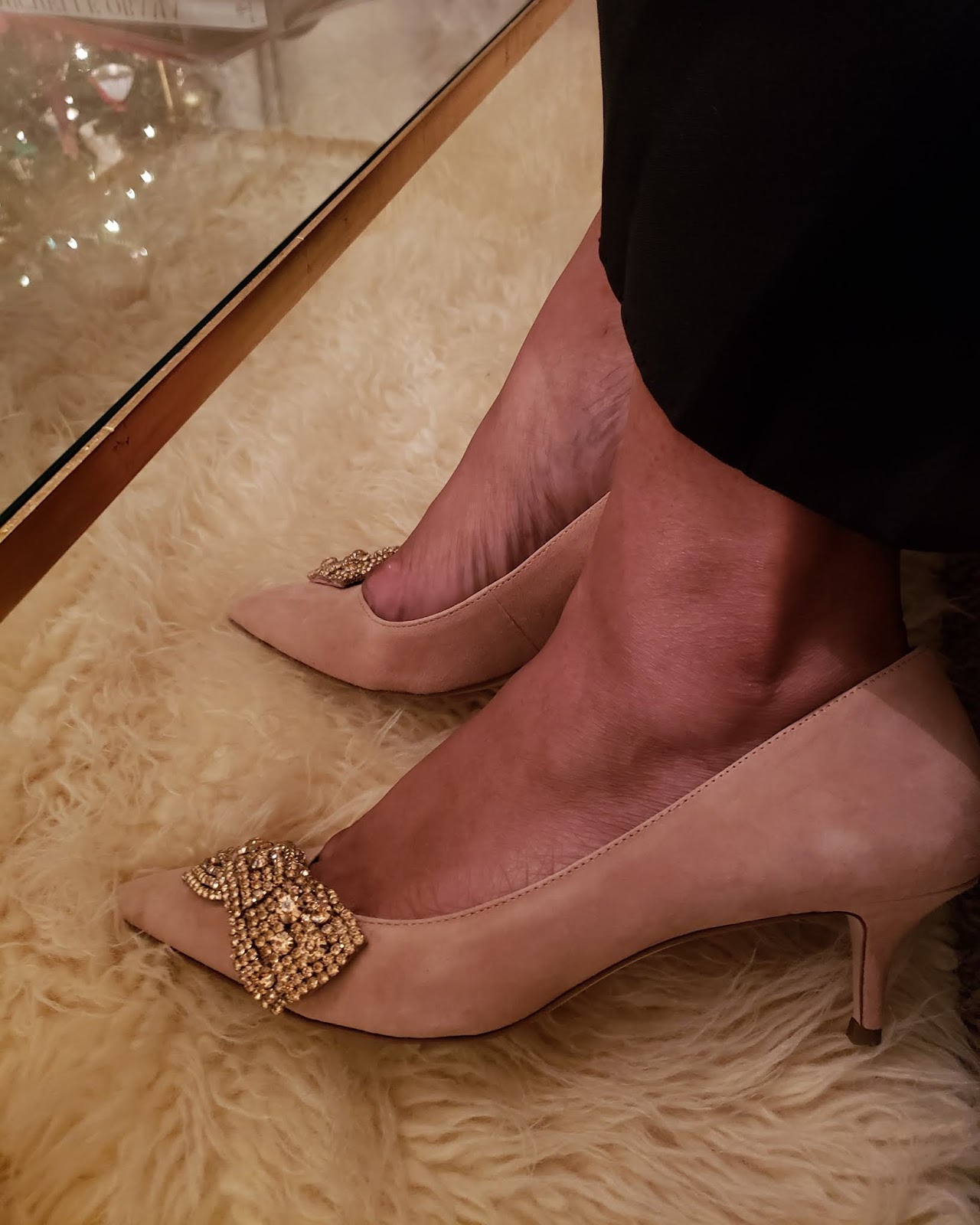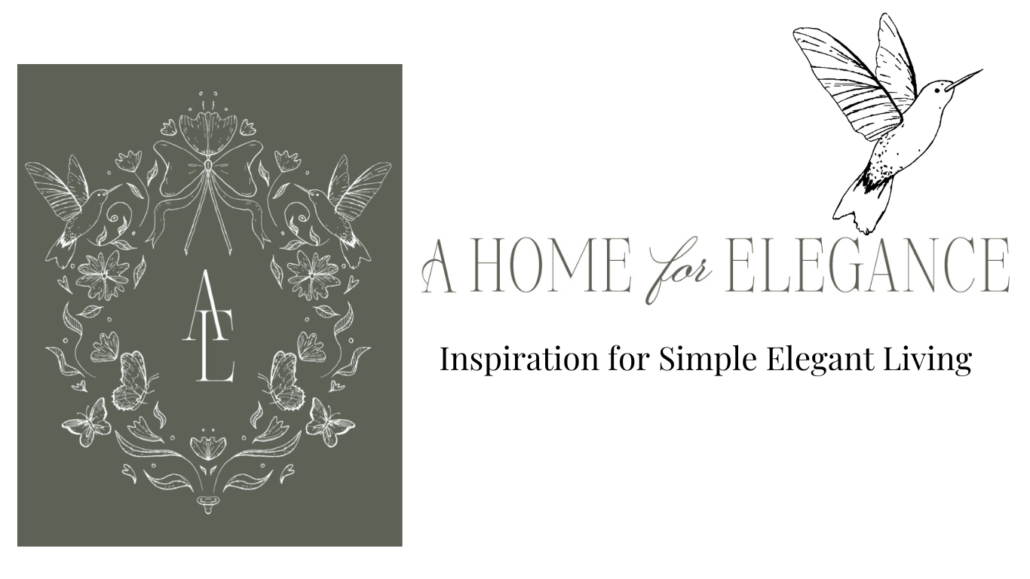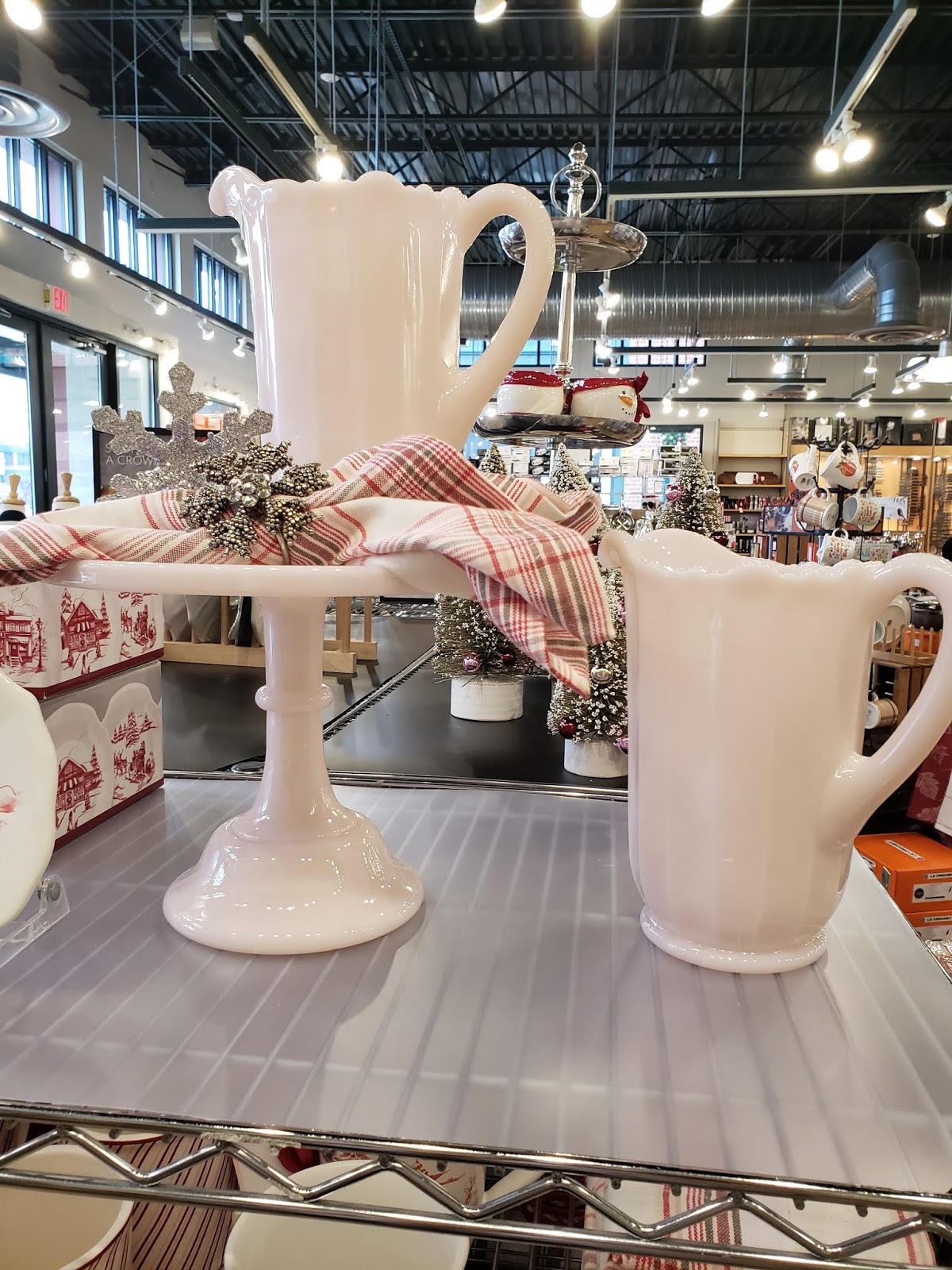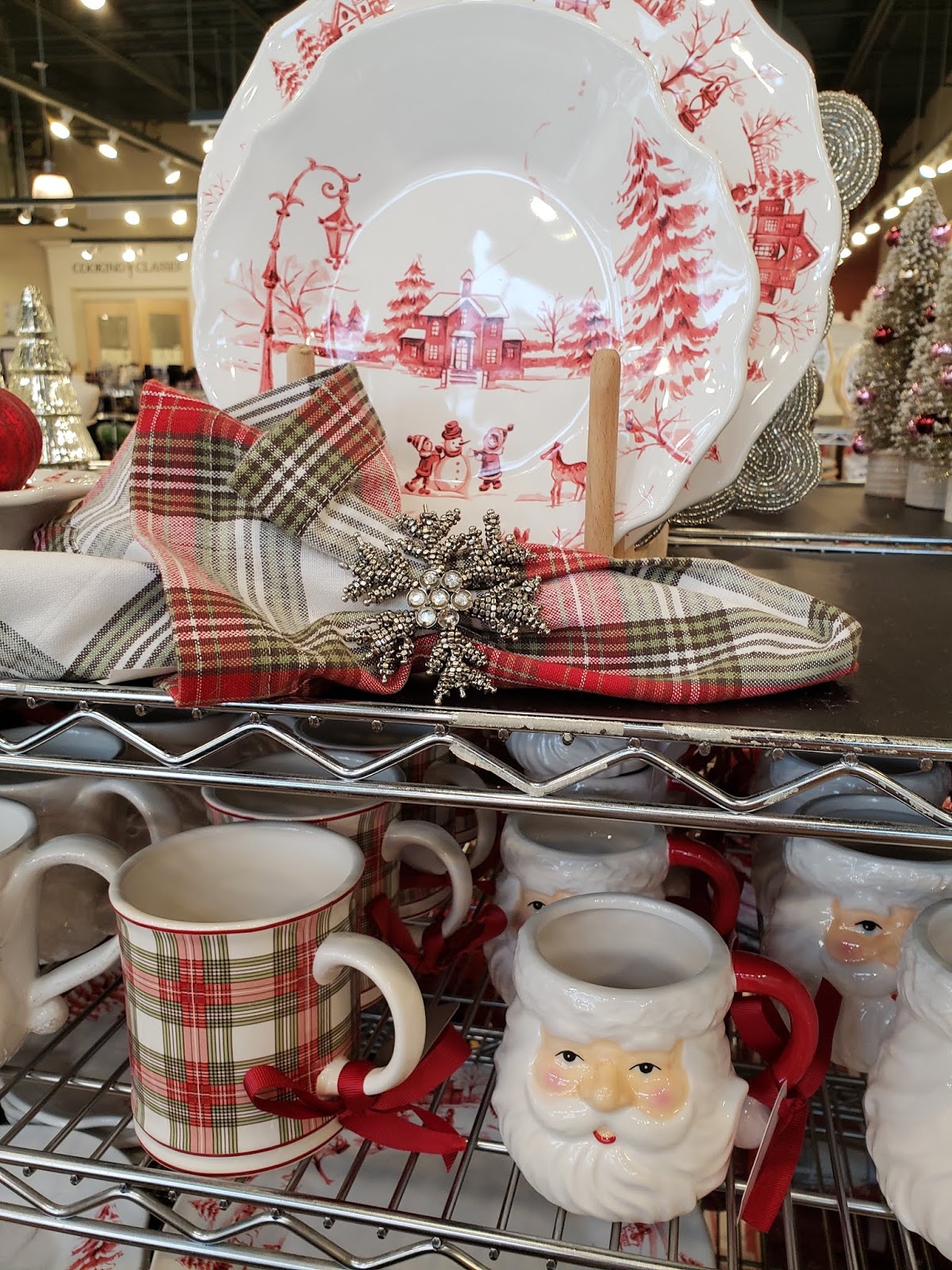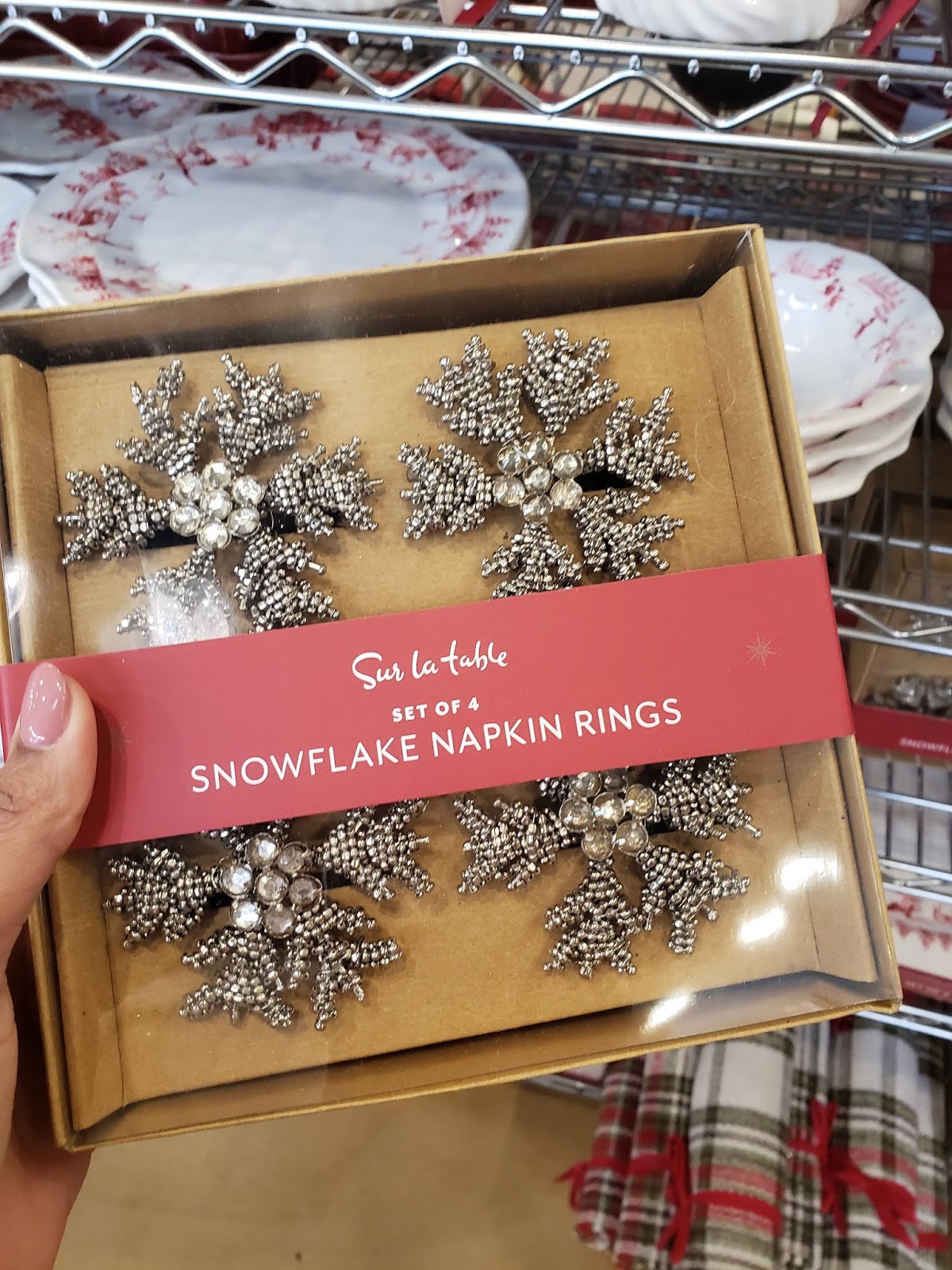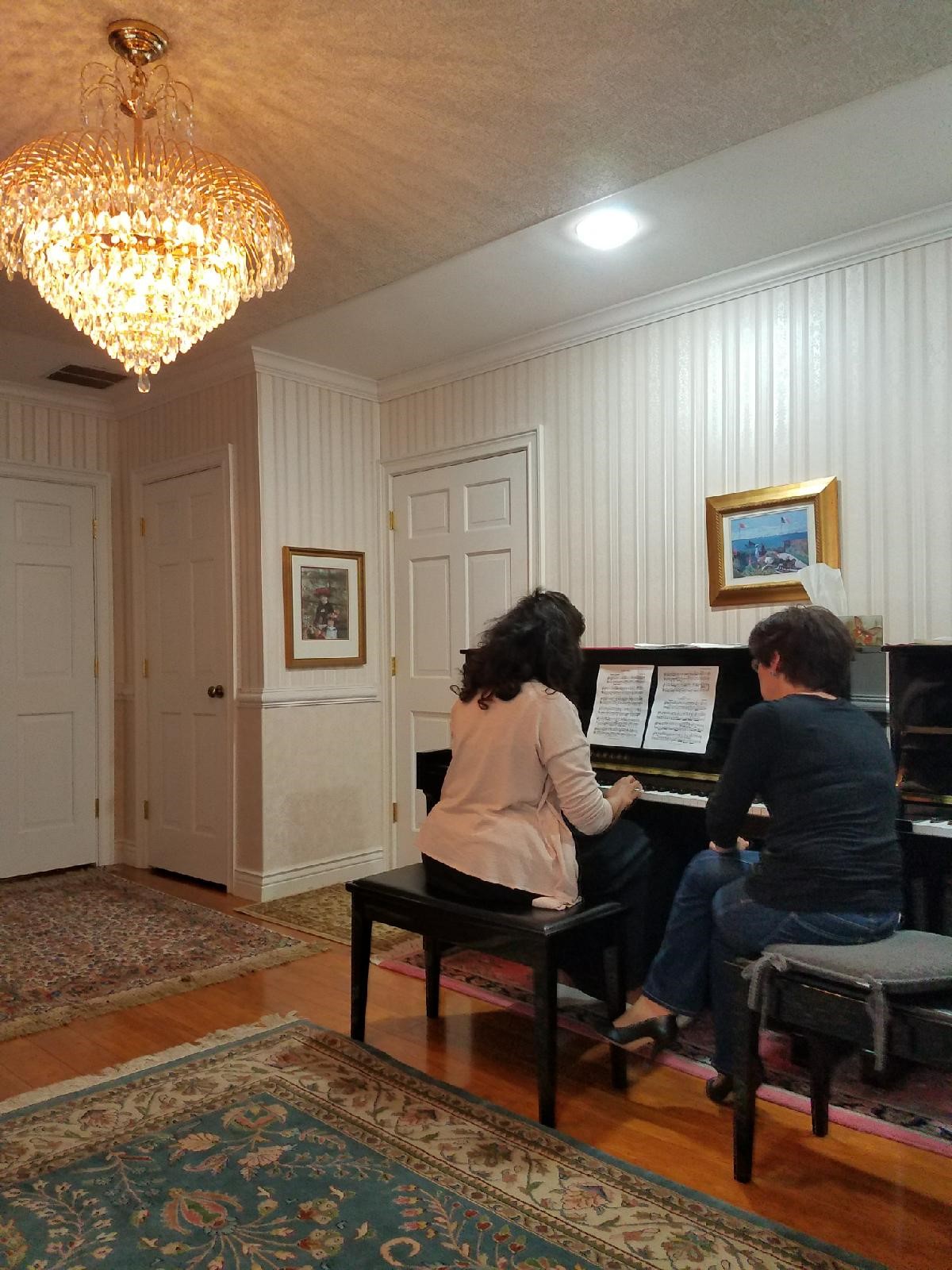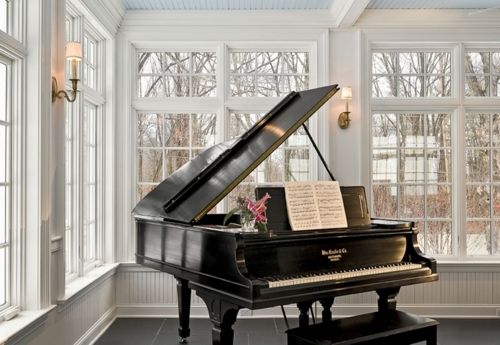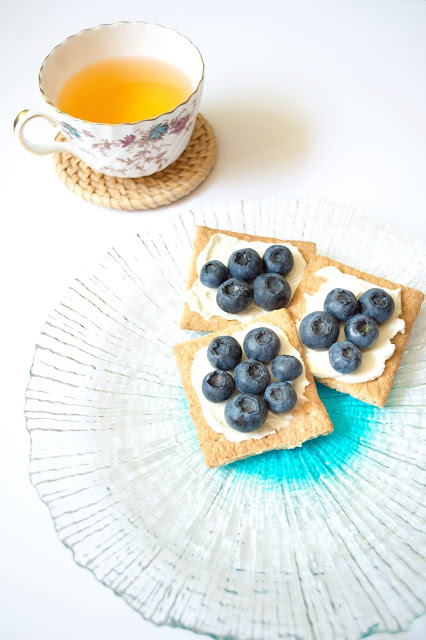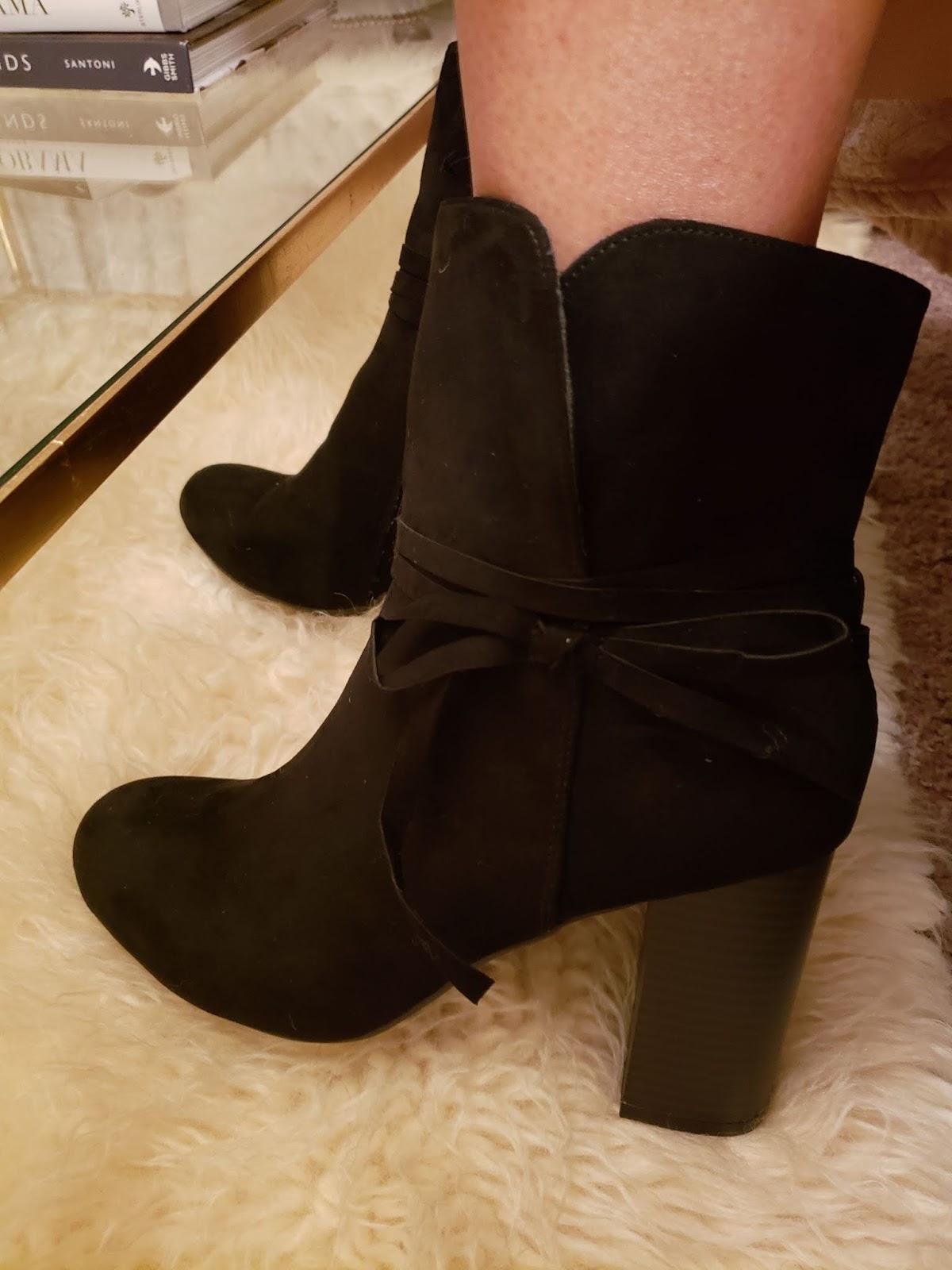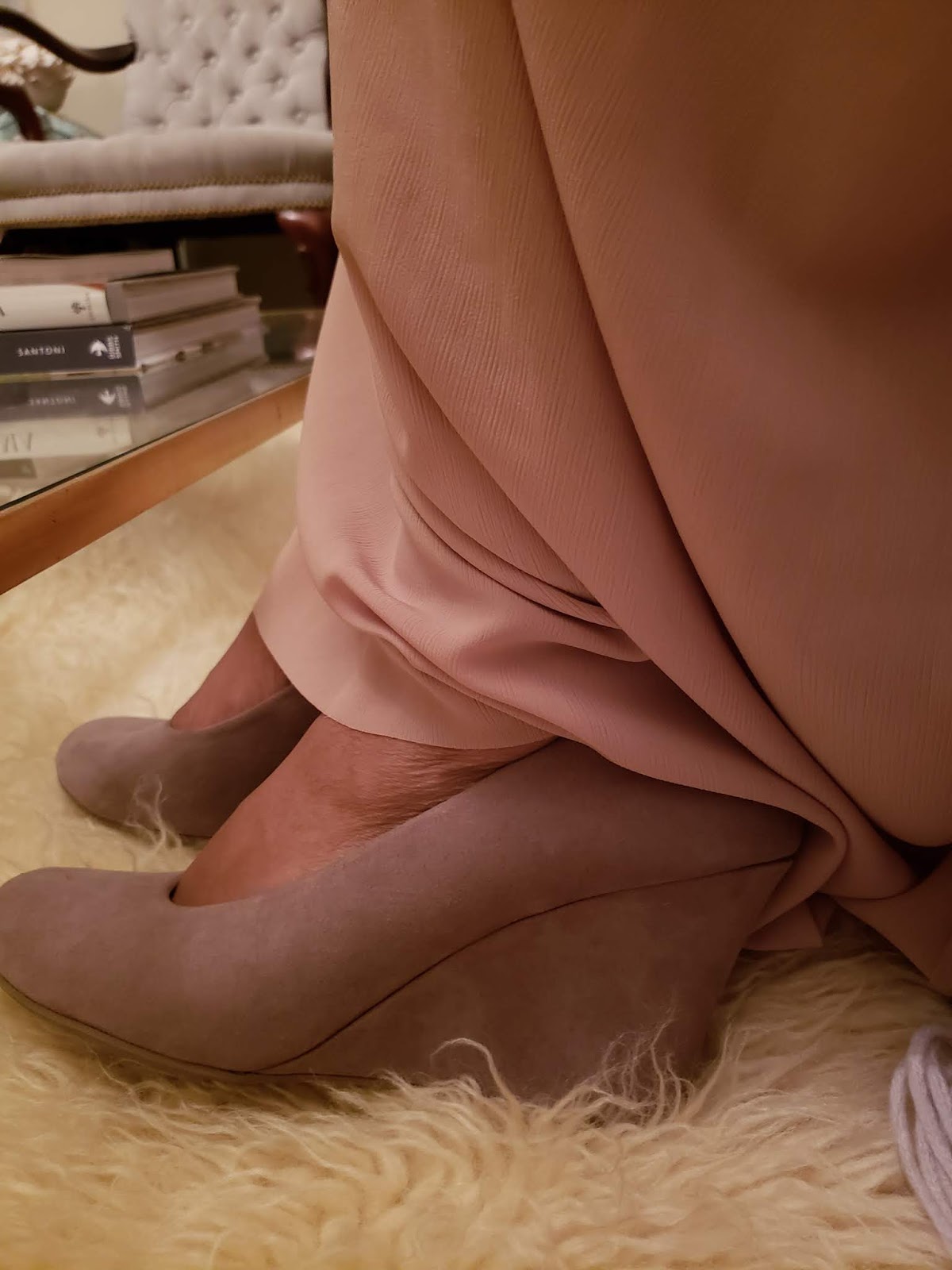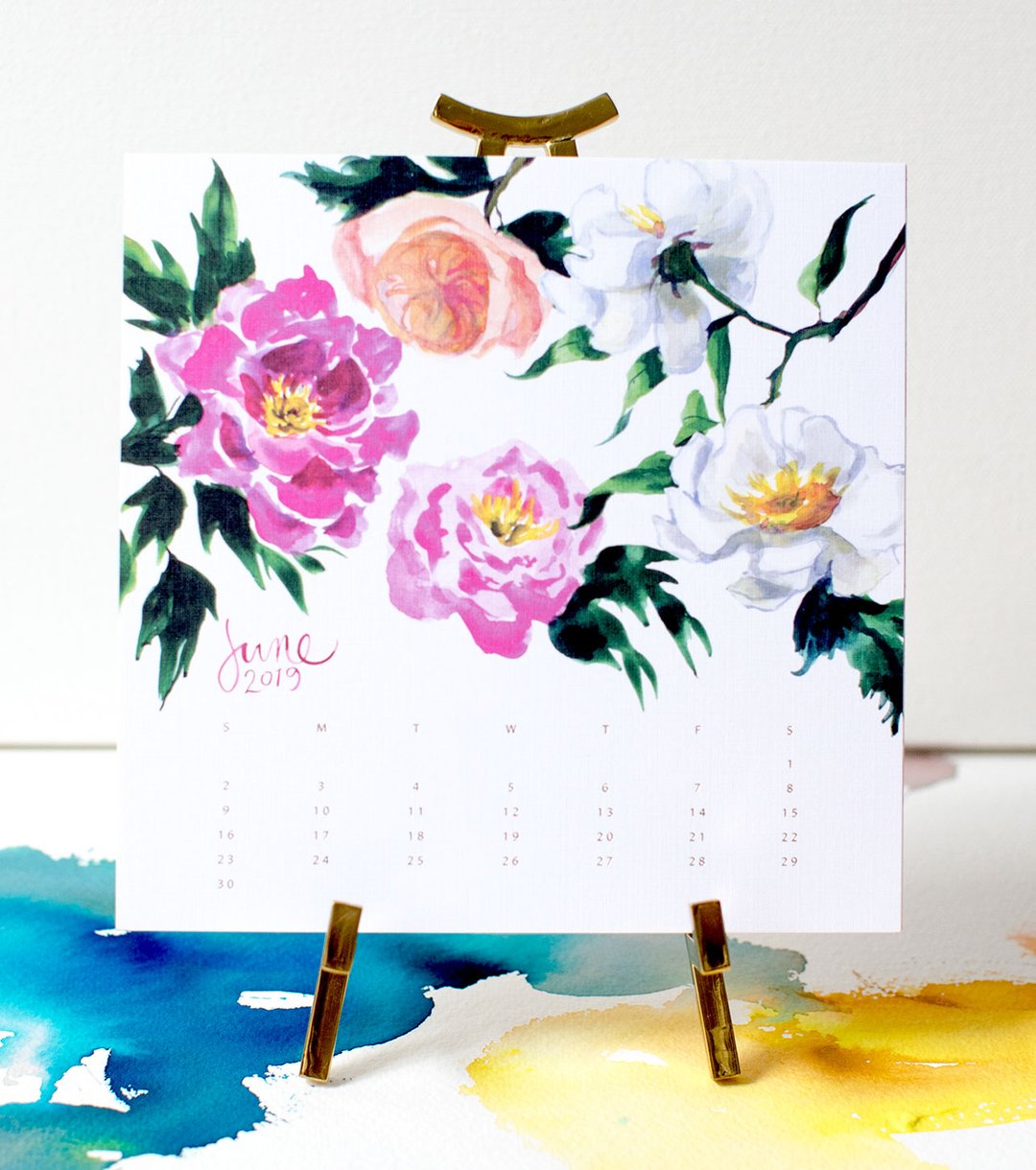We are about to embark on the holiday season and this can be a very hard time of year for some of us. I was running some errands yesterday and people were just everywhere. I became very frustrated. I must confess…. I have been “people struggling” lately.
I told my husband that and he said, “what do you mean”? And I said, ” I have been finding myself recently not wanting to be around people”. And it’s not everyone. It’s just the rude ones. Yesterday in the store I was having an internal fit about some of the rude women around. I literally had to calm myself down because I felt as if I was going to explode!
I find myself not wanting to go to restaurants anymore because I have been so disgusted by the attitude of the waiter or how dirty the bathrooms are or the restaurant itself. I feel like if me asking you for a refill on bread is such an inconvenience for you then why are you serving? Why are you working in the service industry? Find a career where you don’t feel forced to engage with people. I don’t know maybe I am asking too much.
Even at the office. For the most part, I do enjoy the people I work with but those few “bad apples” that are continuously rude get really old to me. Now that I have expressed my frustration at two of the meetings that we have had now they want to suddenly “act right” when they have been venomous for the last 10 years! They also expect me to just “get over it” and basically pretend that they have not trashed me all these years. Not a chance….
Now I am for forgiveness but only when I know that the person is genuine in their apology and for the individuals in my office (which they have NOT apologized), they are not. So moving on….
For the last several months I have been asking myself. How do I want to live? The answer is I want to live well. So I have to realize and know that not everyone is going to believe in the same things that I believe in. Not everyone is going to be polite, not everyone is going to give respect, not everyone is going to do their part. Dealing with very difficult people or situations requires patience, resolve and restraint.
I can’t change people but I can pray. And that is what I do on a regular basis. I have to. I must. Have my prayers been answered? In most cases, yes! When I pray and ask the Lord to help me be a “light” in the grocery store or wherever I am, he then gives me an opportunity to be respectful or helpful to someone. Then they “light up” and respond to me in the same way. So that to me is apart of living well. I just keep telling myself. We have a goal and living well and beautifully is going to require a lot of you Mrs. Shockley but we can do this because we choose to. Being respectful, dressing respectfully, working respectfully and loving respectfully, always.
We can do this for this upcoming holiday season. We must be a “light” for people and maybe, just maybe we may even show them the way. I tell myself that all the time. Don’t give up. We are making progress. Live well….
(photos via Pinterest)
